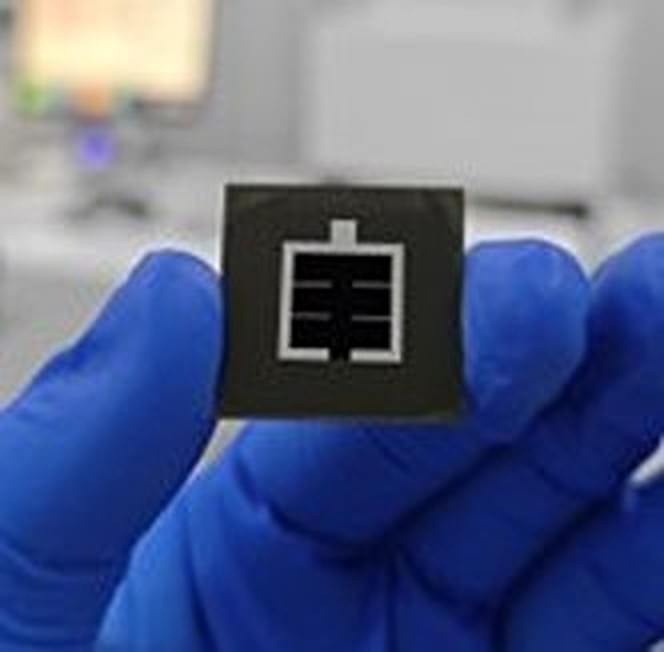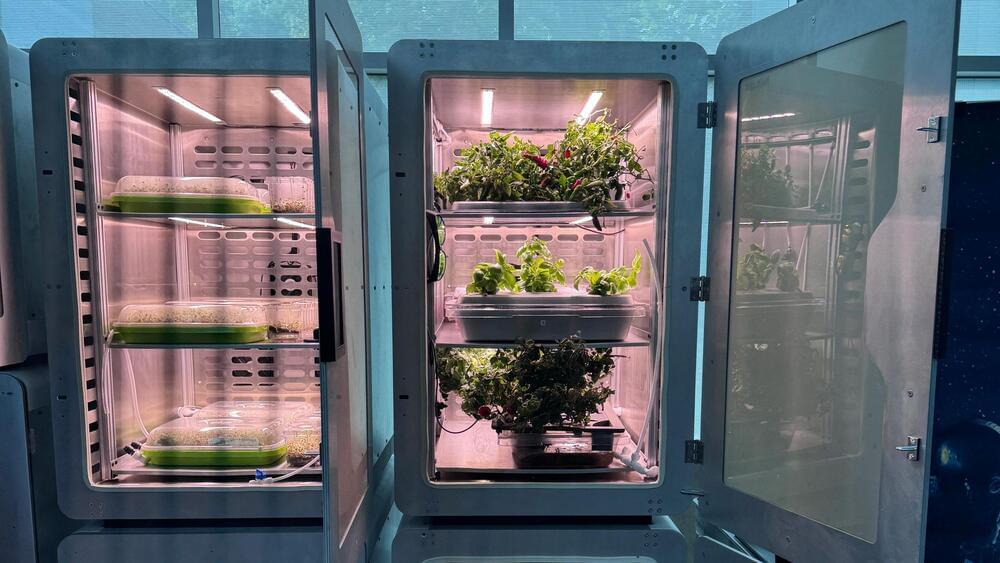He has frequently voiced concerns over the Biden administration’s approach to immigration and the economy, and claimed free speech would be at risk with another Democrat presidency.
As one of the president-elect’s most important backers, the tech billionaire donated more than $119m (£92m) to fund a Super PAC aimed at re-electing Trump.
He also spent the last weeks before election day running a get-out-the-vote effort in the battleground states, which included a daily giveaway of $1m to voters in those states.








